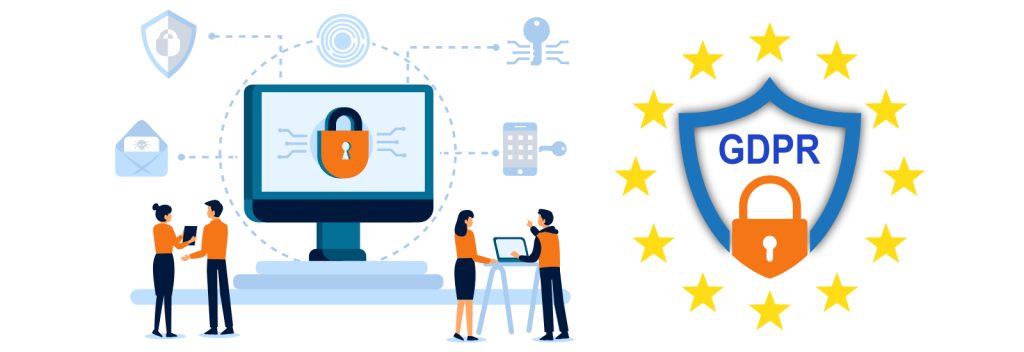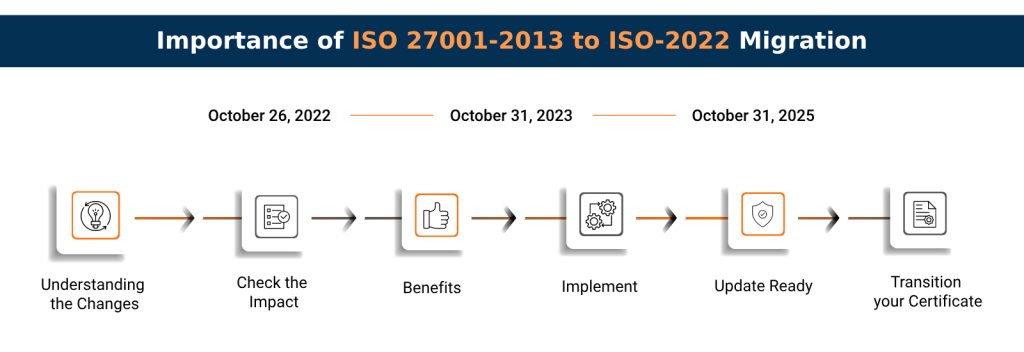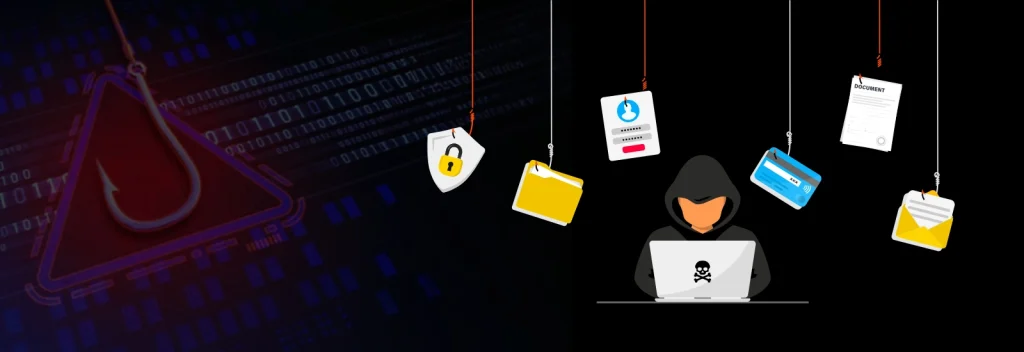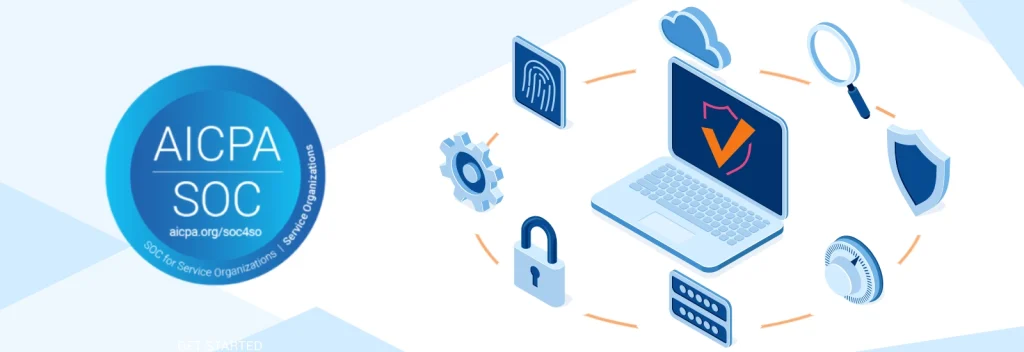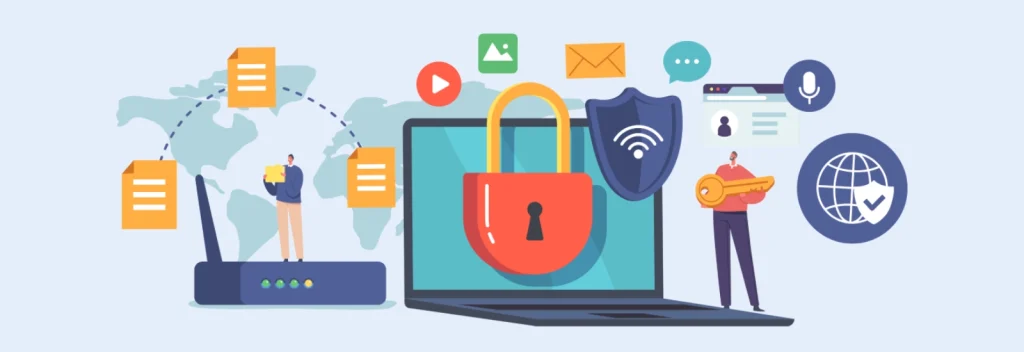GDPR Training: A Regulatory Necessity
GDPR Training: A Regulatory Necessity The Importance of GDPR Training: A Regulatory Necessity The General Data Protection Regulation (GDPR) has fundamentally reshaped how organizations handle personal data. As a comprehensive and far-reaching law, GDPR imposes strict requirements on data collection, processing, storage, and sharing within the European Union (EU) and beyond. One critical component of ensuring compliance is providing GDPR training to employees. Proper training helps organizations avoid hefty fines and legal liabilities and fosters a culture of data privacy and security. Why GDPR Training is Essential GDPR compliance is not just about implementing policies and technical safeguards—it’s about ensuring every employee understands the principles and practices required to protect personal data. Here’s why GDPR training is essential: 1. Legal Compliance The GDPR outlines clear obligations for organizations to safeguard personal data, and failure to comply can result in severe penalties. Fines for non-compliance can reach up to €20 million or 4% of global annual turnover, whichever is higher. GDPR training ensures that employees are aware of their responsibilities under the law, helping to prevent accidental breaches and reduce the risk of regulatory sanctions. 2. Minimizing Human Error Many data breaches result from human error, such as misdirected emails, weak passwords, or improper disposal of sensitive information. GDPR training equips employees with the knowledge and best practices necessary to avoid these mistakes. Training programs should cover key topics such as recognizing phishing attempts, securing devices, and understanding the importance of encryption and strong passwords. 3. Understanding Data Subject Rights GDPR empowers individuals with several rights regarding their personal data, including the right to access, rectify, and erase data, as well as the right to data portability and the right to object to processing. Employees must understand these rights to ensure the organization responds appropriately to data subject requests. GDPR training helps staff recognize the importance of timely and correct responses to such requests, which can be a critical compliance issue. 4. Promoting a Culture of Privacy GDPR strongly emphasizes data protection by design and by default, meaning privacy considerations must be embedded in every aspect of business operations. A comprehensive GDPR training program promotes a culture of privacy where every employee understands their role in safeguarding personal data. This culture extends beyond regulatory compliance, enhancing the organization’s reputation and building trust with customers and stakeholders. 5. Adapting to Changing Regulations Data protection laws are continually evolving, and organizations must be agile in adapting to these changes. GDPR training programs should be regularly updated to reflect new regulatory requirements, court rulings, and industry best practices. Training also enables employees to stay current with changes in GDPR interpretation and application, ensuring ongoing compliance. Conclusion GDPR training is not merely a checkbox for regulatory compliance—it is a vital component of an organization’s overall data protection strategy. By investing in regular, comprehensive training programs, businesses can minimize risks, avoid costly penalties, and foster a culture of privacy that builds customer trust. In today’s data-driven world, GDPR training is an essential safeguard every organization must prioritize.
GDPR Training: A Regulatory Necessity Read More »

